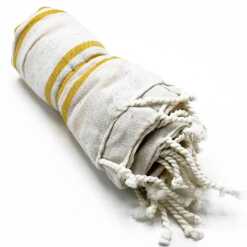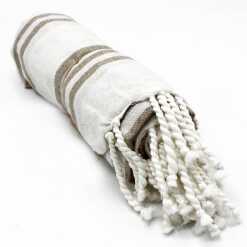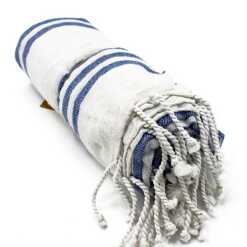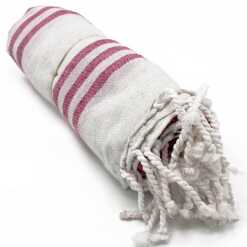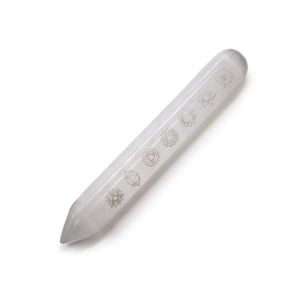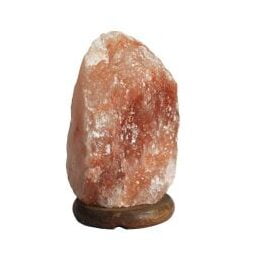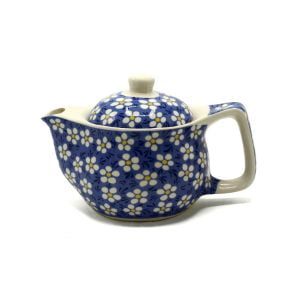-
×
 Hammam Spa Towel - Charcoal 1 × £8.50
Hammam Spa Towel - Charcoal 1 × £8.50
Subtotal: £8.50
subscribe today
Make sure that you keep up to date with the latest trends, news and site developments, and be one of the first to be informed about new products, promotions and discounts. Join us and everybody else that looks forward to receiving the twofishe Newsletter. Get to see what's going on before it's going on. This site is protected by reCAPTCHA and the Google Privacy Policy and Terms of Service apply.


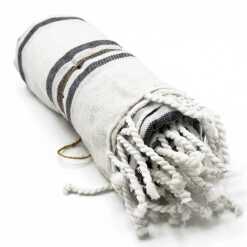 Hammam Spa Towel - Charcoal
Hammam Spa Towel - Charcoal Subtotal: £8.50
 Hammam Spa Towel - Charcoal
Hammam Spa Towel - Charcoal Subtotal: £8.50
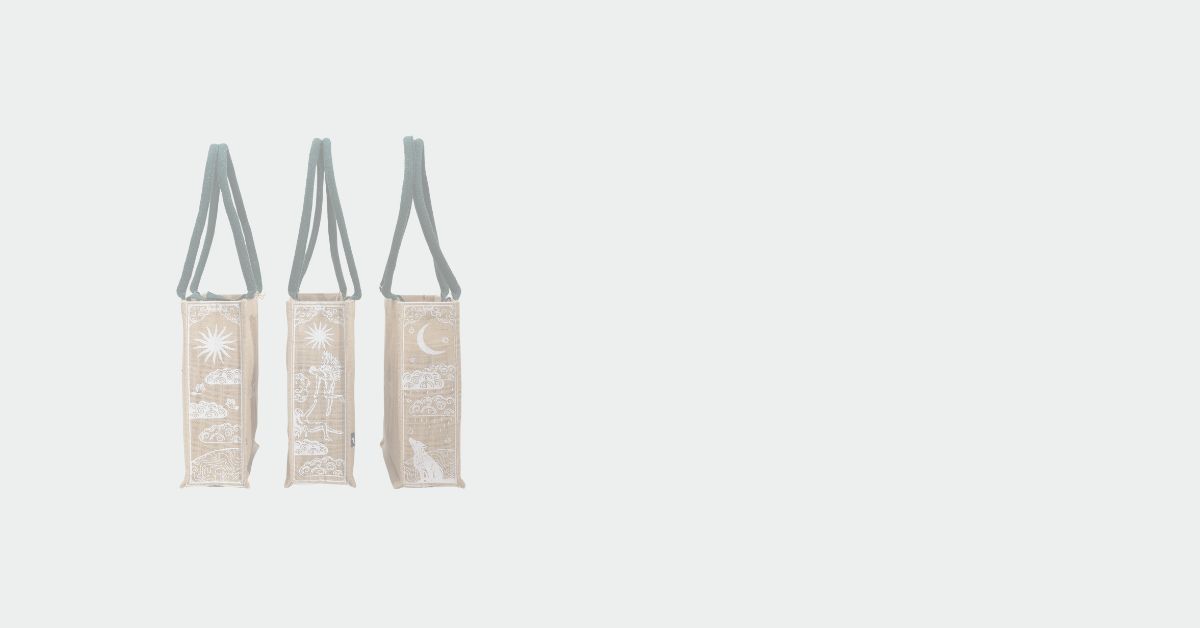
SUSTAINABLE CARRIERS

wearable art
--- Lovingly shaped, slowly made - designed for keeping, not consumption ---

LIVING AND ENTERTAINING
--- elevate your everyday ---

FRAGRANCE THAT SPEAKS
--- fragrance with a soul is mystic by nature ---

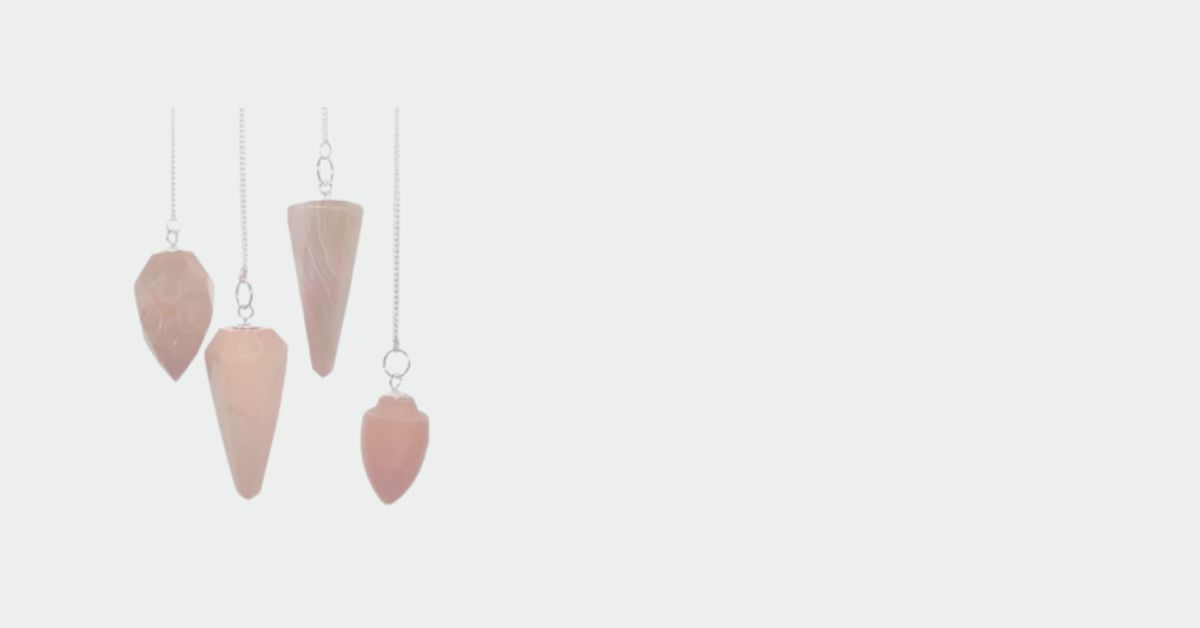
MYSTIC and crystal

Collect not for clutter but for connection
--- objects of meaning - treasures with stories woven in ---

whispers of nature

The Aromatherapy Department
Dedicated to Essential Oils
--- wellness starts with the air that you breathe ---

breath with the earth
--- the future is rooted in how we care today ---

Step into a realm of opulence and heritage with our Hammam Spa Towels, crafted with care in India from 100% cotton. These towels are more than just bath companions, they’re a captivating fusion of timeless tradition and contemporary comfort, poised to enchant.
The hues are vibrant, they’re so much more than towels, they are an embodiment of art that resonates with all.
Step into a realm of opulence and heritage with our Hammam Spa Towels, crafted with care in India from 100% cotton. These towels are more than just bath companions, they’re a captivating fusion of timeless tradition and contemporary comfort, poised to enchant.
The Hammam tradition transcends borders and cultures. It stands as an ageless practice advocating self-care and mindfulness, nurturing both physical and mental well-being.
Our Hammam Spa towels aren’t confined to a single purpose. They’re versatile and so they are perfect for spa indulgences, yoga sessions, and seaside retreats … or even as chic embellishments to your home interior.
The hues are vibrant, they’re so much more than towels, they are an embodiment of art that resonates with all.
Hammam towels, also known as peshtemals or foutas, have a rich and varied history that dates back centuries to the traditional bathhouses of the Ottoman Empire. These towels were used in Turkish hammams (steam baths), hence the name, and were originally crafted from hand-woven cotton or linen; they were prized for their absorbency, lightness, and fast-drying qualities, making them ideal for the warm, steamy environments of the hammam.
Hammam towels, also known as peshtemals or foutas, have a rich and varied history that dates back centuries to the traditional bathhouses of the Ottoman Empire. These towels were used in Turkish hammams (steam baths), hence the name, and were originally crafted from hand-woven cotton or linen; they were prized for their absorbency, lightness, and fast-drying qualities, making them ideal for the warm, steamy environments of the hammam.
The peshtemal was not just a practical item but also a cultural artifact, often reflecting regional patterns and weaving techniques. Different designs and colours indicated a person’s status, region, or even the type of hammam being visited. Over time, the peshtemal became a symbol of cleanliness, hospitality, and ritual purification.
In North Africa, a similar towel called the fouta evolved, especially in Tunisia. Traditionally worn like a wrap, the fouta shared many characteristics with the peshtemal: lightweight, highly absorbent, and made on looms by skilled artisans. Both textiles were valued for their versatility, and were used as towels, sarongs, picnic blankets, or throws.
In recent years, hammam towels have experienced a global revival, especially in spa and wellness cultures. Their eco-friendly nature, quick-dry properties, and aesthetic appeal have made them a popular alternative to conventional terry cloth towels. Modern peshtemals are often made from organic cotton or bamboo and are used not only in spas but also at the beach, in saunas, or as stylish items of home decor.
This renaissance has revitalised traditional weaving communities in Turkey, Tunisia, and Morocco, where artisans continue to handcraft these towels using age-old methods. As consumers seek out sustainable luxury, hammam towels offer a perfect fusion of heritage, practicality, and beauty, blending the past with the modern lifestyle.
 Hammam Spa Towel - Charcoal
Hammam Spa Towel - Charcoal Subtotal: £8.50
subscribe today
Make sure that you keep up to date with the latest trends, news and site developments, and be one of the first to be informed about new products, promotions and discounts. Join us and everybody else that looks forward to receiving the twofishe Newsletter. Get to see what's going on before it's going on. This site is protected by reCAPTCHA and the Google Privacy Policy and Terms of Service apply.


Contact Us
